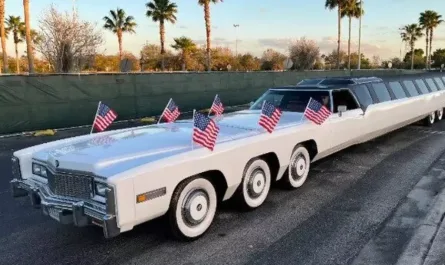Elon Musk, the billionaire entrepreneur and CEO of SpaceX and Tesla, is no stranger to pushing the boundaries of technology. This time, he’s ventured into the aviation sector, unveiling a groundbreaking fighter jet capable of reaching speeds that outpace the Boeing 747. Known for his ambitious projects, Musk’s latest innovation is setting the stage for a new era in aeronautics.
The Jet of the Future
The fighter jet, nicknamed “StarWing”, reportedly incorporates cutting-edge technology inspired by both Musk’s aerospace advancements at SpaceX and his electric vehicle innovations at Tesla. What makes this jet stand out isn’t just its speed but its versatility. Designed with a hybrid propulsion system, the aircraft combines a state-of-the-art jet engine with electric-assisted thrust, providing both unparalleled performance and sustainability.

While a Boeing 747 has a cruising speed of around 570 mph (Mach 0.84), Musk’s jet reportedly achieves speeds exceeding 1,500 mph (Mach 2). This remarkable capability places it among the fastest aircraft ever built, rivaling military-grade jets like the F-22 Raptor.
Key Features of the Fighter Jet

- Revolutionary Speed: With speeds exceeding Mach 2, the jet is designed for rapid-response missions and long-distance travel at unprecedented velocities.
- Aerodynamic Design: The sleek, futuristic body of the jet reduces drag and maximizes fuel efficiency, a hallmark of Musk’s engineering philosophy.
- Sustainability Focus: The hybrid propulsion system minimizes the aircraft’s carbon footprint, aligning with Musk’s broader mission of environmental sustainability.
- AI Integration: Equipped with an advanced artificial intelligence system, the jet can assist pilots in making split-second decisions, monitor systems in real-time, and optimize performance based on conditions.
- Vertical Takeoff and Landing (VTOL): The fighter jet’s VTOL capability enables it to operate in confined spaces, making it versatile for both civilian and military applications.
Musk’s Vision for the Aviation Industry

Elon Musk’s foray into aviation signals his intent to disrupt yet another industry. While the fighter jet might initially target military and specialized applications, it’s not hard to imagine Musk leveraging this technology for commercial or personal aviation in the future.
In interviews, Musk hinted at his long-term goals: “If we can make space travel routine and sustainable, why not transform air travel into something equally revolutionary?”
Implications for the Industry
Musk’s fighter jet raises important questions about the future of aviation. Will traditional aircraft manufacturers like Boeing and Airbus embrace similar technologies? Could this pave the way for a new market of supersonic jets for civilian use? Whatever the case, Elon Musk’s entry into this space is sure to drive competition and innovation.
A Glimpse of What’s Ahead
As the jet undergoes testing and certification, the world waits with bated breath to see how this ambitious project unfolds. If Musk’s track record is anything to go by, this fighter jet might be just the beginning of an aeronautical revolution.
Stay tuned for more updates as Musk continues to turn science fiction into reality, one innovation at a time.




